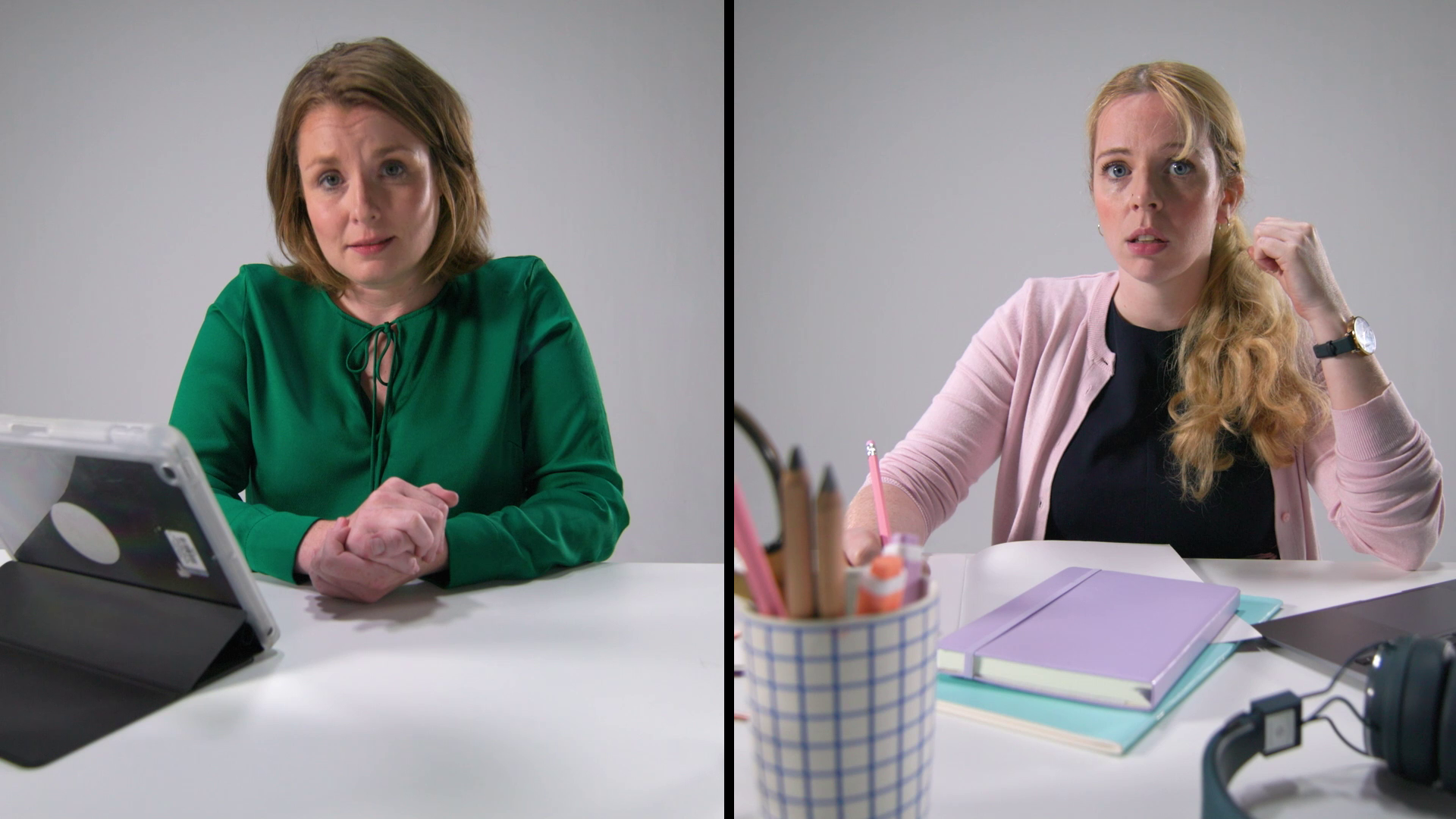One thing they have in common however, is that they’ve grown up surrounded by technology, setting them apart from the generations before them. Their exposure to a constant flow of information has also affected the way in which they learn.
While millennials are quick to try new technology, half of this generation doesn’t see the need to be in a classroom to learn and are more likely to embrace remote working than the baby boomer generation before them.
According to Business Leader magazine, by 2020, the global workforce will be dominated by millennials (35%) and generation X (35%) so workplaces need to quickly accommodate these younger generations and the different way in which they work.
A successful business depends on a well-trained workforce; therefore workplace training must be delivered in a way that ensures learners can digest and retain what they are being taught.
The concept of microlearning – a learning strategy divided into small chunks delivered via various formats such as videos, quizzes and games for a bigger impact – seems designed for this generation, 90% of which visit YouTube monthly (according to a 2016 GlobalWebIndex survey).
Microlearning delivers training in a manner that keeps digital-native millennials engaged and through media with which they are comfortable; it can be easily administered via smartphones, devices and desktops, and accessed anywhere in the world.
Part of the appeal, particularly for the millennial workforce, is that microlearning can be administered just-in-time and offers just the right amount of information needed in order to get the job done. There’s no need to sit through lengthy training not relevant to the task in hand.
Make learning flexible
Millennials value flexibility in their schedule and the ability to choose when and how they work. The ability to personalise the learning experience through choice is important.
Bite-size is better
Remember that this generation is used to seeing most information in 140 characters or less so trying to make them trawl through long paragraphs is an incredibly ineffective way to design your training material. Aim for bite-sized chunks.
Provide ongoing training
Along with bite-sized pieces of info, millennials also want ongoing training. Short lessons and modules allow them to get to small goals and checkpoints that provide bursts of motivation and accomplishment that will encourage them to keep going and be more likely to retain the info.
Use Video
There is no question that video is a huge part of how millennials take in information. Social media, YouTube – video is everywhere and, according to research by Hubspot, videos top the list of what people pay the closest attention to.
Video Arts is an award-winning e-learning provider, renowned for delivering corporate training in an entertaining and memorable way through video. Get in touch to find out how we can help you adopt microlearning into your company’s training infrastructure.





